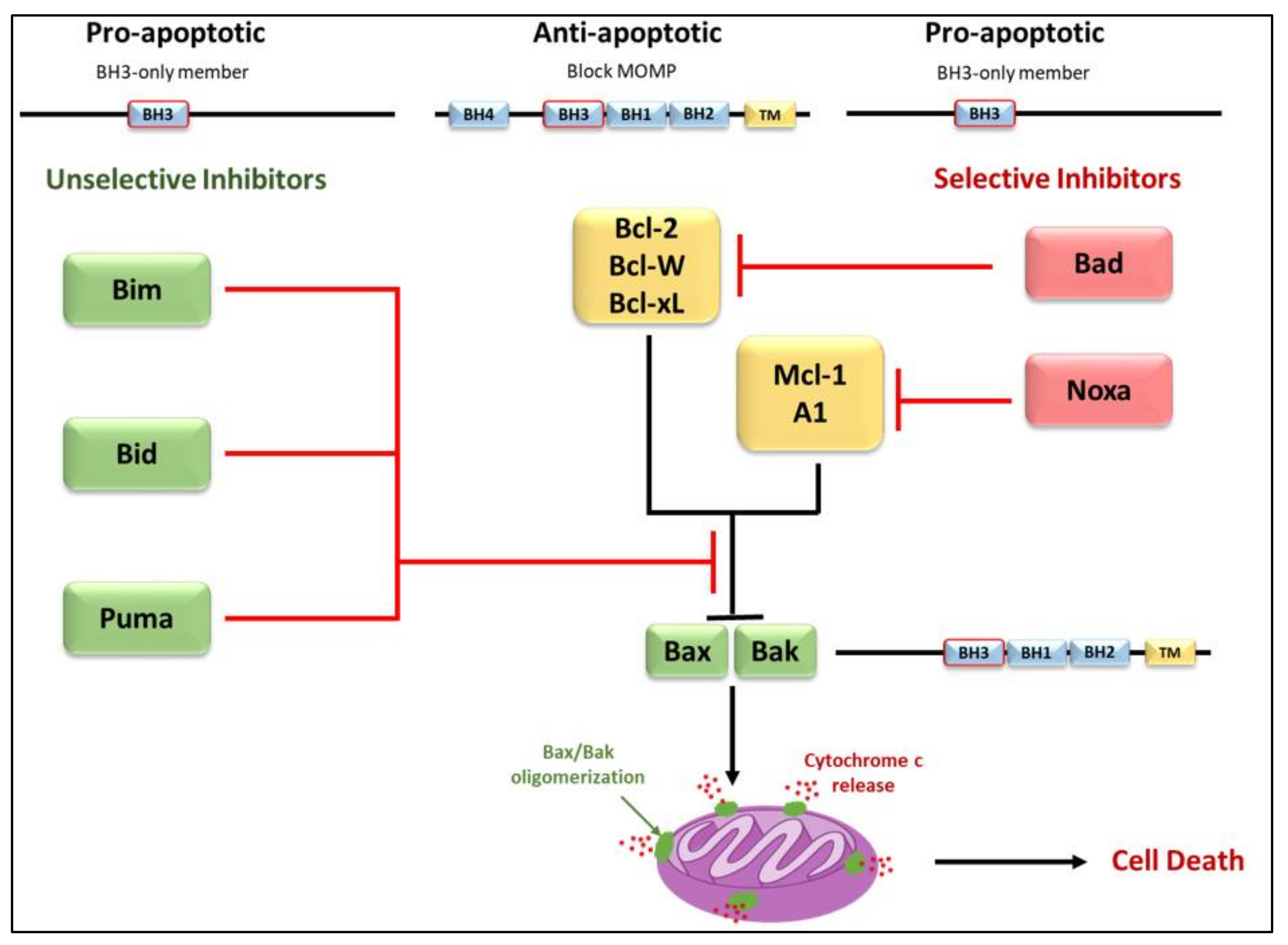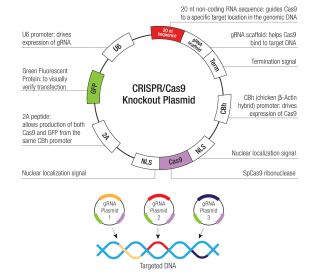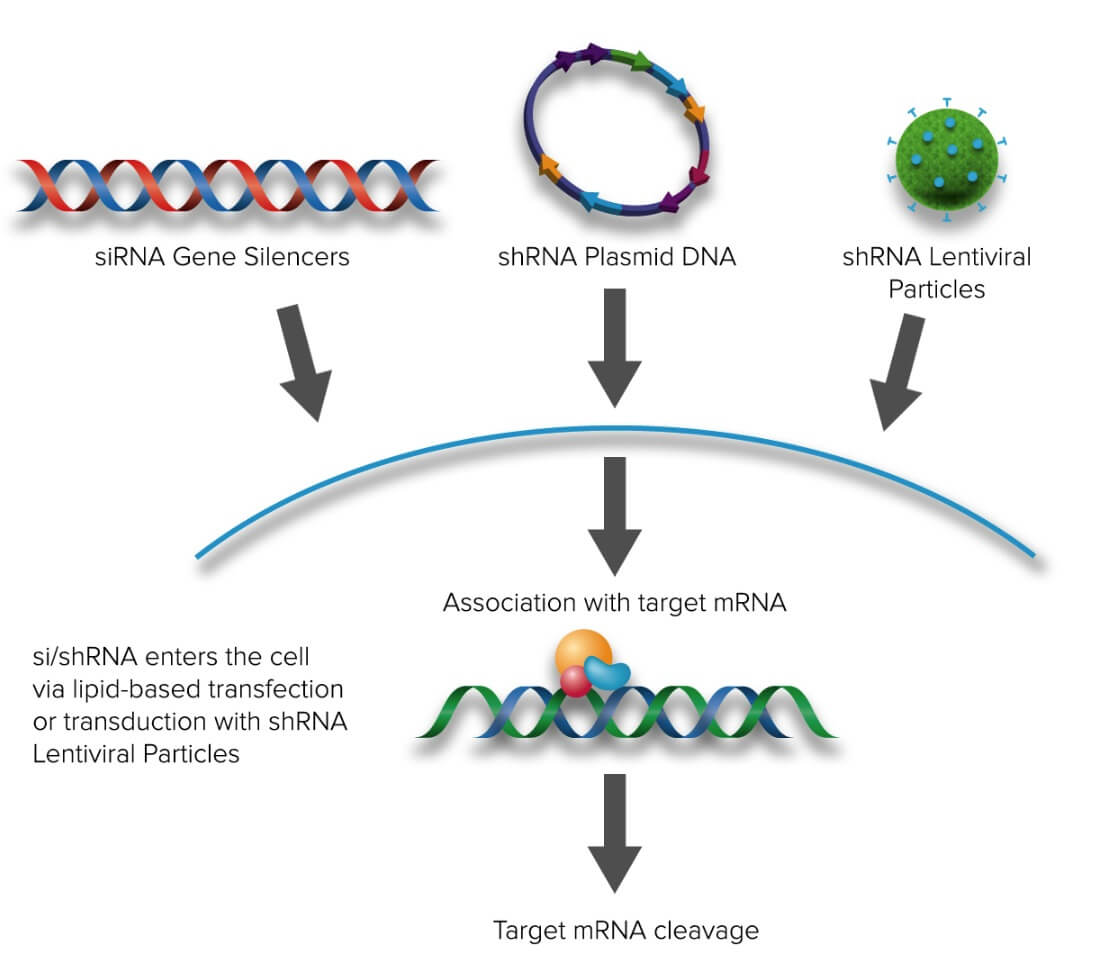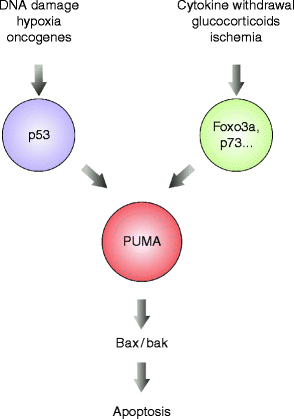
The BBC3 Antisense Intragenic Transcript, BAIT, Contributes to PUMA Expression by a p53-Autonomous Mechanism | Semantic Scholar

Wild-Type p53 Promotes Cancer Metabolic Switch by Inducing PUMA-Dependent Suppression of Oxidative Phosphorylation - ScienceDirect

The BBC3 Antisense Intragenic Transcript, BAIT, Contributes to PUMA Expression by a p53-Autonomous Mechanism | Semantic Scholar
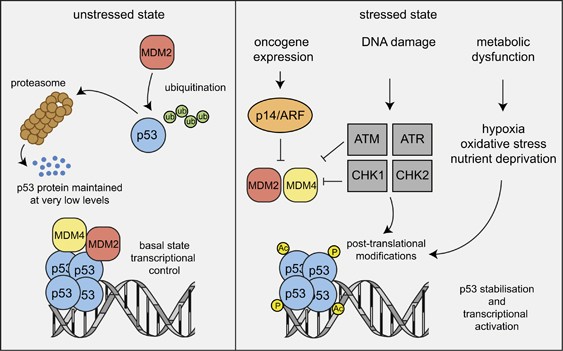
How does p53 induce apoptosis and how does this relate to p53-mediated tumour suppression? | Cell Death & Differentiation

The regulation of p53 up‐regulated modulator of apoptosis by JNK/c‐Jun pathway in β‐amyloid‐induced neuron death - Akhter - 2015 - Journal of Neurochemistry - Wiley Online Library
The p53-Target Gene Puma Drives Neutrophil-Mediated Protection against Lethal Bacterial Sepsis | PLOS Pathogens

Therapeutic Response to Non-genotoxic Activation of p53 by Nutlin3a Is Driven by PUMA-Mediated Apoptosis in Lymphoma Cells – topic of research paper in Biological sciences. Download scholarly article PDF and read for

Schematic diagram of p53 and PUMA regulation of apoptosis following... | Download Scientific Diagram

p53-Dependent PUMA to DRAM antagonistic interplay as a key molecular switch in cell-fate decision in normal/high glucose conditions | Journal of Experimental & Clinical Cancer Research | Full Text

A review of the role of Puma, Noxa and Bim in the tumorigenesis, therapy and drug resistance of chronic lymphocytic leukemia | Cancer Gene Therapy

PUMA gene and protein structure. The human PUMA gene contains three... | Download Scientific Diagram

MiR-221 and miR-222 target PUMA to induce cell survival in glioblastoma | Molecular Cancer | Full Text
BH3-only sensors Bad, Noxa and Puma are Key Regulators of Tacaribe virus-induced Apoptosis | PLOS Pathogens




